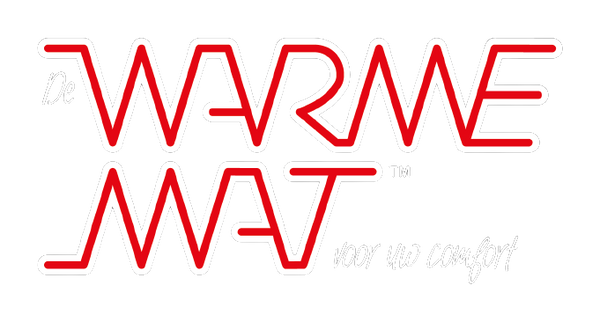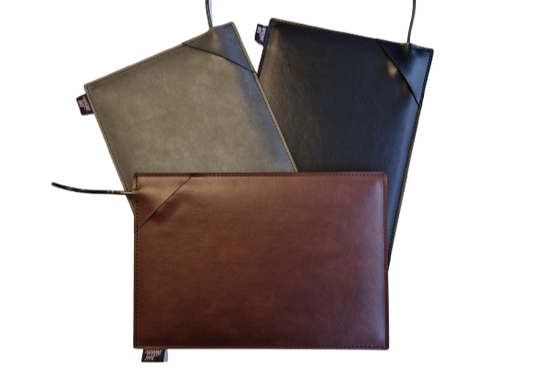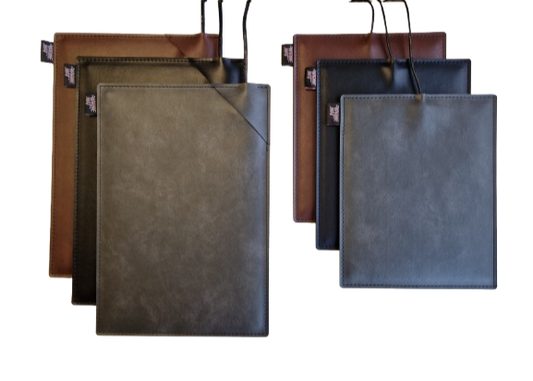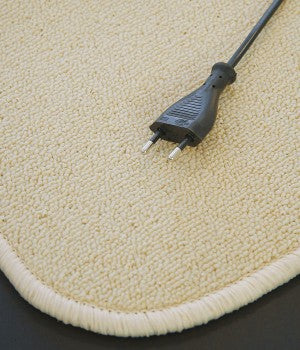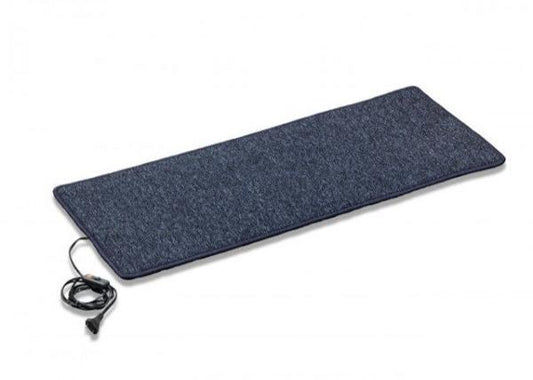Cold hands are very annoying
How can we have cold hands? First of all, our hands and fingers are the extremities of our limbs. This of course also applies to our feet and toes.
Cold hands and feet occur at all ages. Women suffer from them more often than men. For more than a third of women, the problem even occurs very regularly. Cold hands and feet are usually caused by poor blood circulation. The complaints then mainly occur at a lower ambient temperature. The blood vessels in the skin contract and less blood flows to the surface (skin) of your body. In this way, less heat is lost. In some people, the blood vessels contract too much or for too long. The blood supply to your hands and feet then decreases too much and they become cold.
What can you do about cold hands?
Cold hands and feet are common. For most people, the symptoms are not serious enough to go to the doctor, but they are annoying and worrying. Especially when the problem occurs regularly and does not seem to be directly caused by too long (unprotected) exposure to the cold. Poor blood circulation often plays a role.
Cold hands and feet due to poor circulation
The blood circulation is the circulation of blood through the body via the veins to and from the heart. Poor blood circulation can be the result of a disease of the (arterial) veins. The wall of the veins can become inflamed or thickened. The vein itself can become (partially) blocked or narrowed by, for example, a blood clot, cholesterol, fats or nicotine. Nicotine causes the blood vessels to narrow and the viscosity of the blood to increase. Fats and cholesterol adhere to the wall of the vein, causing it to slowly clog up. Too high a cholesterol level in the blood can be caused by poor nutrition, but also by, for example, diabetes.
Raynaud's and Sjögren's phenomenon or disease
People with Sjögren's disease may experience Raynaud's phenomenon.
Healthy young women can have this phenomenon, but it can also occur in combination with certain rheumatic conditions such as Sjögren's.
About 5 to 20% of people suffer from Raynaud's phenomenon . In this case, the small arteries sometimes suddenly contract due to cold or emotions. The blood flow to feet and hands in particular is reduced as a result. The toes and fingers first become white and cold. Due to the lack of oxygen, they then turn blue. When the blood flow is restored, the feet and hands become red and tingly. A clear cause can often not be found. Sometimes Raynaud's phenomenon is the result of the use of certain medicines (e.g. beta blockers), persistent vibrations (e.g. from drilling or chainsaws) or heavy strain on the fingers (e.g. in typists and pianists). In a small minority of cases, there is a more serious underlying disease (such as arteriosclerosis, small blood clots or an autoimmune disease that affects the connective tissue). Fairly mild attacks, without an underlying cause, are the most common. Treatment is not necessary in that case. The best tip is to make sure your body stays warm. This can be done with extra warm clothing, turning up the heating or other aids such as outdoors; gloves, hat and scarf, etc. For indoors you can think of slippers, a heated foot mat , a heated hand mat or a heated desk pad or heated mouse pads .
Winter fingers and winter toes
Chilblains can be avoided by keeping your fingers and toes warm and promoting blood circulation.
A treatment for cold hands and feet so that the condition will disappear is unfortunately not often possible. It is locked in the DNA and the condition that is responsible for it cannot (always) be cured. It is therefore often only possible to reduce the consequences.
The electrically heated mats of De WarmeMat™ were developed for this purpose. Read all about how these hand and foot mats work effectively for cold hands and feet.
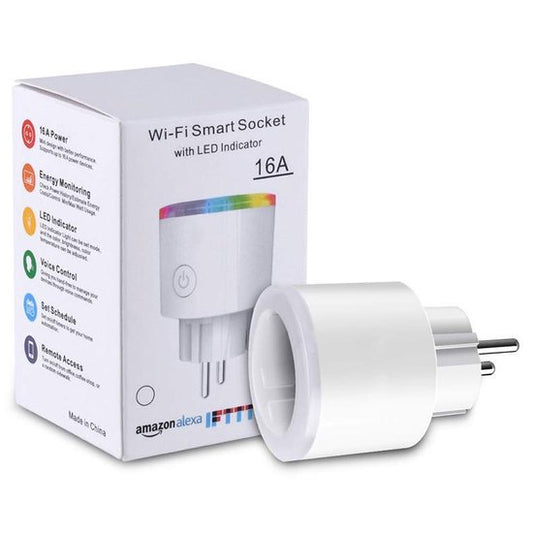
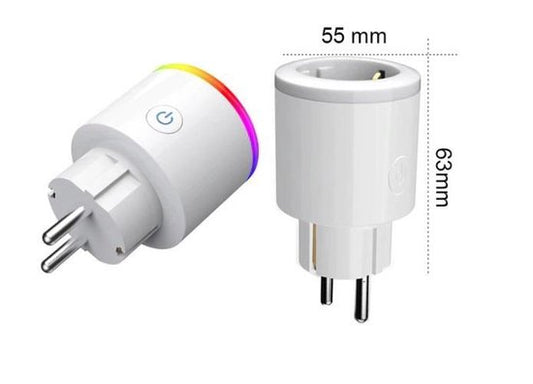 Sold out
Sold out